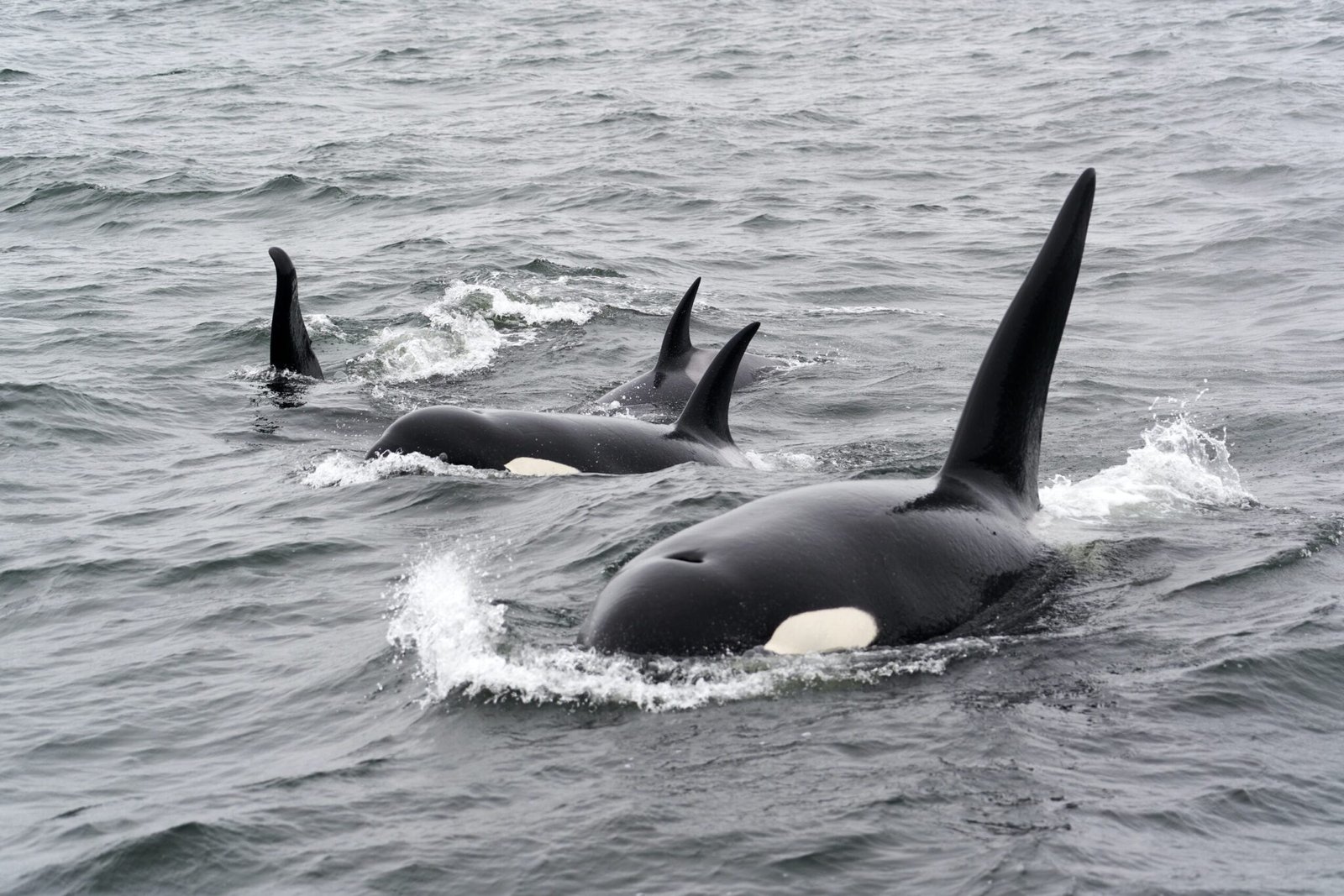Bears, those majestic creatures often spotted ambling leisurely or foraging with intent focus, have always captured human fascination. But when it comes to their abilities, particularly their jumping prowess, there seems to be a mix of facts, myths, and outright guesswork. So, can bears jump? Let’s leap into this topic and find out.
Table of Contents
Understanding Bear Physiology
Anatomy of Bears
Bears are designed by nature to be the powerful foragers of the forest. Their bodies are heavy-set, their limbs strong and muscular, and yet, they possess a surprising grace. A bear’s anatomy is a study in contrasts: while their bulky form may suggest a lumbering gait, their skeletal structure tells a different story.
Muscle Composition and Strength
Just beneath their thick fur and against their robust frame lies a network of muscles that are both powerful and capable of explosive force. These muscles, particularly in their hind legs, are what fuel a bear’s ability to perform a variety of movements – but does this include jumping?
Bears in Action
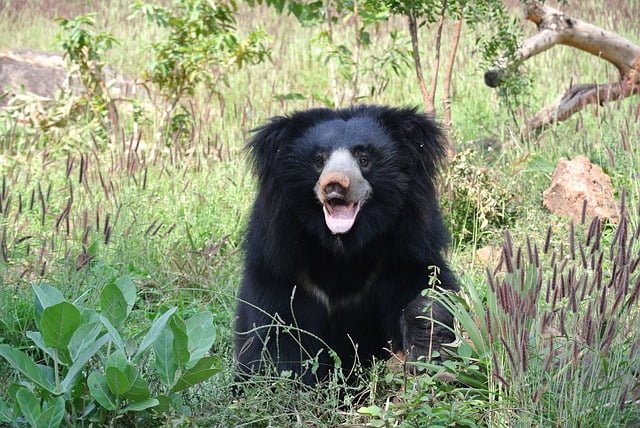
Observation of Bears in the Wild
To understand a bear’s capability to jump, one must observe these creatures in their natural habitat. Here, in the expanse of the wild, bears climb, run, and yes, sometimes they do take to the air. But the frequency and style of these jumps are not what one might expect.
Jumping Capabilities of Different Bear Species
Bears are not known to leap like gazelles or bound like kangaroos, but they do have a unique movement repertoire. From a standing position, a bear can propel itself forward in a sort of lunging motion, which may be classified as a jump.
Each species of bear has adapted to its environment in ways that may affect its ability to jump. From the dense forests inhabited by black bears to the icy expanses roamed by polar bears, the variance in terrain and lifestyle influences their physical capabilities.

Grizzly Bears
Grizzly bears, with their imposing stature and significant weight, may not be the first animals that come to mind when we think of jumping. However, they are capable of making short leaps when necessary, often to cross obstacles or during playful bouts.
Black Bears
Black bears are more agile than their grizzly counterparts and have been observed making more frequent and higher jumps. They can leap to catch prey or climb trees, actions which involve propelling themselves off the ground with considerable force.
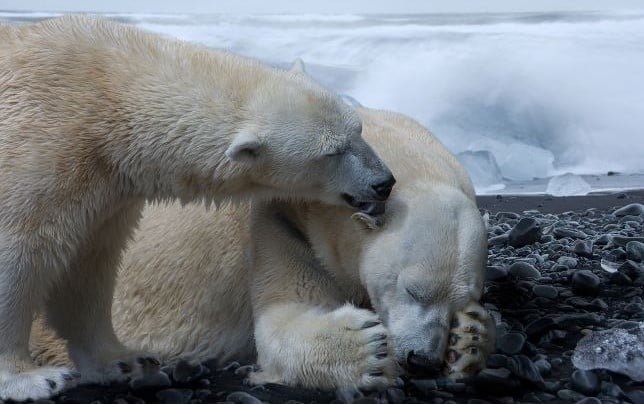
Polar Bears
The polar bear’s environment does not often require jumping. The vast, flat ice does not present the same obstacles as a dense forest. However, polar bears can and do jump, especially when traversing broken ice or during play.

Panda Bears
Panda bears, despite their docile appearance, can execute short jumps. Their playful nature often showcases this ability, although it is not as pronounced as in other bear species due to their specialized diet and lifestyle.
The Purpose of Jumping for Bears
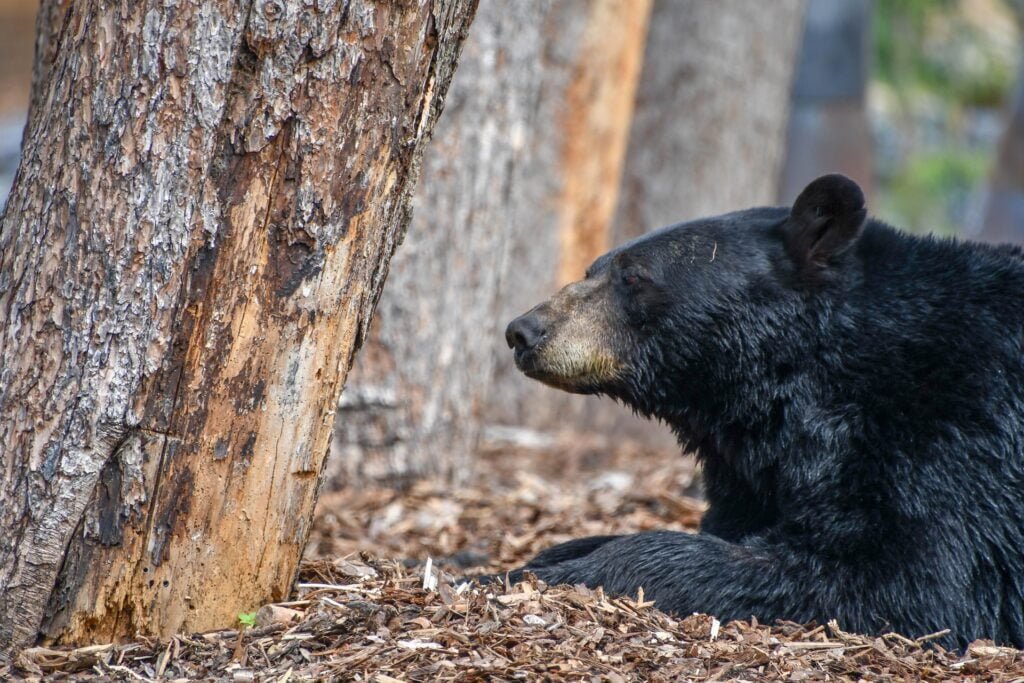
Hunting and Foraging
For some bear species, jumping is a necessary skill in hunting and foraging. It can mean the difference between a successful catch and an empty stomach. The ability to jump can help bears reach food that is otherwise inaccessible.
Escaping Predators or Threats
Bears are atop the food chain in many ecosystems, but they are not without threats. Juvenile bears, in particular, may need to jump as a means of escape when confronted by predators or territorial disputes.
Play and Social Interaction
Bears engage in jumping during play, which is crucial for the development of their motor skills and strength. This playful jumping also serves as a way for bears to interact socially with one another.
Comparative Analysis With Other Animals
It’s intriguing to compare bears with other animals known for their jumping ability. For example, big cats like leopards are renowned for their leaping prowess, while canines such as wolves rely less on jumping. Bears sit somewhere in between, with a functional yet less emphasized jumping ability.

Bears vs. Big Cats
Bears and big cats are both apex predators but differ significantly in their physical attributes and behaviors. Bears are known for their substantial mass and strength, with some species like the grizzly bear named for their distinctive fur that can appear shiny and shimmery at the tips [2].
Big cats, such as lions, are more closely related to domestic cats and are known for their agility and hunting prowess. In terms of diet, bears are more omnivorous, with some species like polar bears at the top of their food chain due to their powerful jaws with a bite force of 1200 PSI [5], whereas big cats are strict carnivores.

Bears vs. Canines
Bears and dogs, despite some superficial similarities, are distinctly different. Dogs are typically social animals, whereas bears tend to be solitary. Dogs have evolved to learn commands and respond to human interaction, an aspect that highlights their intelligence and trainability [3].
Bears, on the other hand, do not show the same level of responsiveness to human commands. Their social structures and behaviors are more complex and less dependent on group dynamics compared to canines.
Limitations and Challenges
Age and Health Factors
As bears age, their ability to jump can diminish due to health issues like arthritis, which is common in large mammals. Similarly, a bear’s overall fitness level can affect its jumping ability.
Environmental Influences
The environment plays a significant role in a bear’s need and ability to jump. In regions with dense forests or lots of obstacles, bears may develop stronger jumping skills.
Myth-Busting Common Misconceptions
Despite their size, bears are not the clumsy giants they are sometimes made out to be. They can jump, and while they may not reach the heights of some other animals, their jumping is an essential part of their behavioral repertoire.

Expert Opinions
Wildlife Biologists
Biologists who study bears confirm that while jumping is not the most prominent feature of bear behavior, it is within their physical capabilities and serves specific purposes in their ecology.
Bear Behavior Researchers
Researchers focusing on bear behavior observe that jumping can be both a playful activity and a practical movement for bears. They note that while not all bears jump frequently, they all possess the potential to do so.
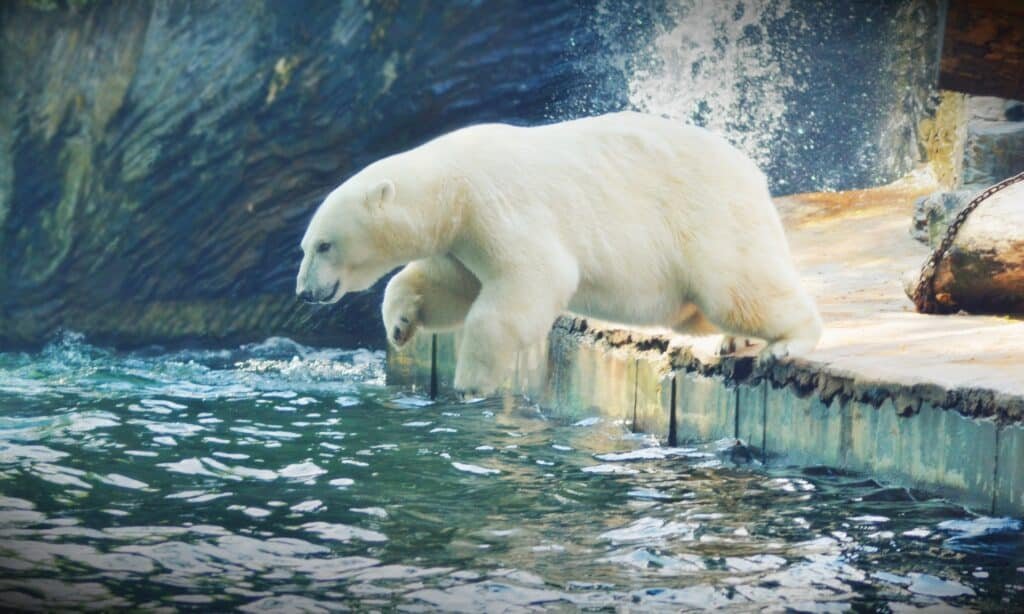
Bears in Captivity vs. Wild Bears
The environment can greatly influence a bear’s behavior. Bears in captivity may not jump as often due to the absence of environmental pressures and needs that would necessitate jumping in the wild.
Conclusion
So, can bears jump? Absolutely, though perhaps not with the grace of a deer or the frequency of a rabbit. Jumping for bears is less about the act itself and more about what it represents – adaptability, survival, and even joy.
FAQ’s
How high can a black bear jump?
Black bears are known for their agility and can climb trees with ease. While exact jumping heights can vary, a healthy adult black bear can leap over obstacles up to several feet high, especially when motivated by the pursuit of food or the need to escape a threat.
Do bears jump when they are hunting?
Bears, particularly when hunting, might not jump in the same way a predator like a leopard would pounce on their prey. However, they can make quick, powerful lunges to catch their target or leap over terrain while chasing after prey. Their hunting technique relies more on strength and surprise rather than jumping ability.
Can polar bears jump across ice floes?
Yes, polar bears can jump across ice floes. They have strong hind limbs that can propel them forward and are known to leap over open water between ice patches, though this is usually over short distances. Such jumps are essential for their survival in the Arctic environment, where ice floes can drift and separate.
Are younger bears better at jumping than older bears?
In general, younger bears are more agile and thus may be better at jumping than their older counterparts. As bears age, they can develop joint problems and may lose some of the strength and flexibility that makes jumping easier. This is similar to other mammals, including humans.
Do bears use jumping as a form of communication?
Bears are not known to use jumping as a primary form of communication. Their communication is more reliant on vocalizations, body language, and scent marking. However, jumping can be a part of play behavior, which is a form of social interaction, especially among young bears. Through play, they establish social hierarchies and develop survival skills.



